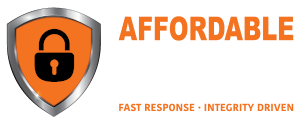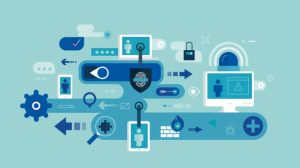In today’s digital age, our online presence plays a significant role in our personal and professional lives. However, this increased connectivity also exposes us to the risk of digital identity theft, which can have serious consequences for our online reputation. In this blog post, we’ll explore essential strategies to help you protect your online reputation from identity theft.
Understanding Digital Identity Theft
Digital identity theft occurs when malicious actors gain unauthorized access to your personal information and use it to impersonate you or commit various cybercrimes, such as fraud, phishing, or cyberbullying. This can result in damage to your online reputation, financial losses, and even legal troubles.
Protecting Your Online Reputation from Identity Theft
Strong, Unique Passwords:
Use strong, unique passwords for all your online accounts. Avoid using easily guessable information like birthdays or common words. Consider using a password manager to generate and store complex passwords securely.
Enable Multi-Factor Authentication (MFA):
Whenever possible, enable MFA for your online accounts. MFA adds an additional layer of security, making it much harder for cybercriminals to access your accounts.
Regularly Update Passwords:
Change your passwords periodically, especially for critical accounts like email, banking, and social media. Avoid using the same password across multiple accounts.
Beware of Phishing:
Be cautious of suspicious emails, messages, or links. Phishing attempts often impersonate reputable organizations, urging you to click on malicious links or provide personal information. Verify the sender’s identity before taking any action.
Monitor Your Online Presence:
Regularly search for your name online to monitor your digital footprint. Set up Google Alerts to receive notifications when your name appears in new online content.
Review Privacy Settings:
Familiarize yourself with the privacy settings of social media platforms and other online services. Adjust these settings to limit the visibility of your personal information to the public.
Be Cautious with Social Media:
Be selective about the information you share on social media. Avoid posting sensitive details like your home address, phone number, or financial information.
Secure Your Wi-Fi Network:
Protect your home Wi-Fi network with a strong password and encryption. This prevents unauthorized users from accessing your network and potentially intercepting your online activities.
Regularly Update Software and Apps:
Keep your operating system, web browsers, and apps up to date. Updates often include security patches that address vulnerabilities that cybercriminals may exploit.
Use HTTPS:
Ensure that websites you visit use HTTPS to encrypt your data in transit. Avoid entering personal information on websites that do not provide a secure connection.
Secure Your Devices:
Use screen locks, PINs, or biometric authentication on your devices to prevent unauthorized access. Activate remote tracking and remote wipe features in case your device is lost or stolen.
Educate Yourself:
Stay informed about the latest cybersecurity threats and best practices. Knowledge is your best defense against identity theft.
Regularly Check Financial Statements:
Review your bank and credit card statements regularly for any unauthorized transactions. Report any suspicious activity immediately.
Use a Virtual Private Network (VPN):
When browsing the internet, especially on public Wi-Fi networks, consider using a VPN to encrypt your online activities and protect your data from prying eyes.
Your digital identity is a valuable asset that plays a crucial role in your personal and professional life.
Protecting it from identity theft is essential for maintaining a positive online reputation and safeguarding your financial and personal information. By following these best practices and staying vigilant, you can reduce the risk of falling victim to identity theft and protect your digital presence from harm. Remember, prevention is key to maintaining a secure and reputable online identity.






